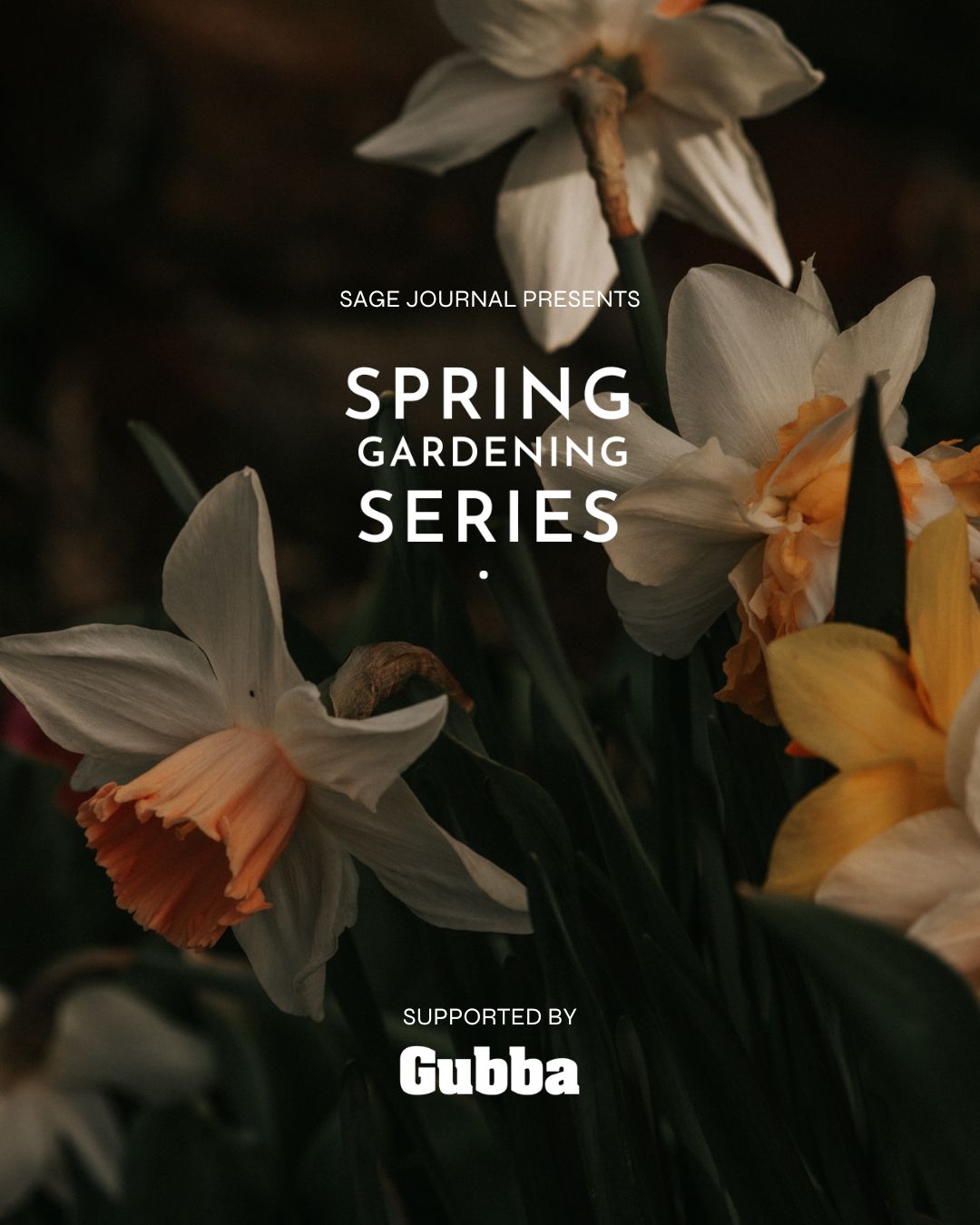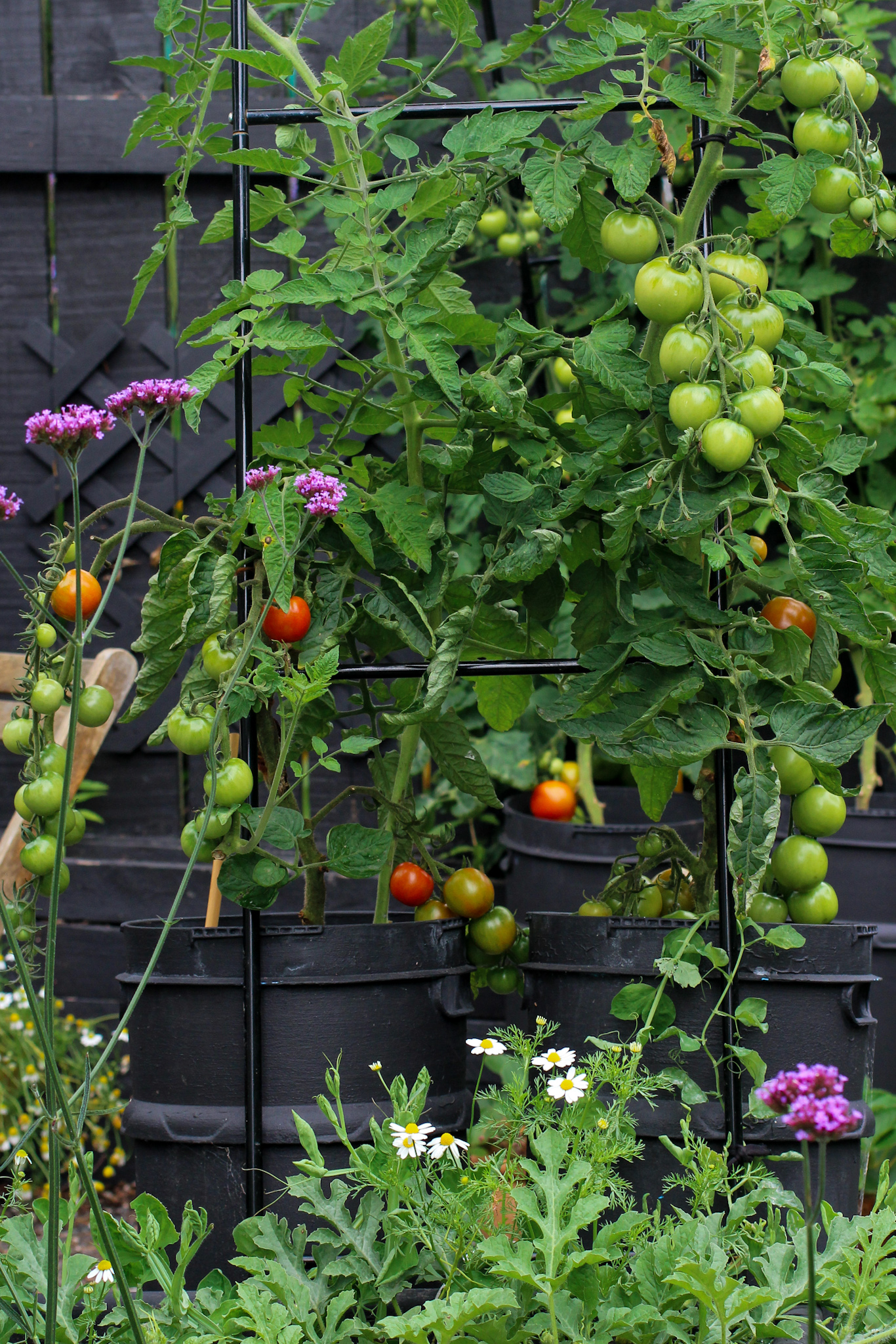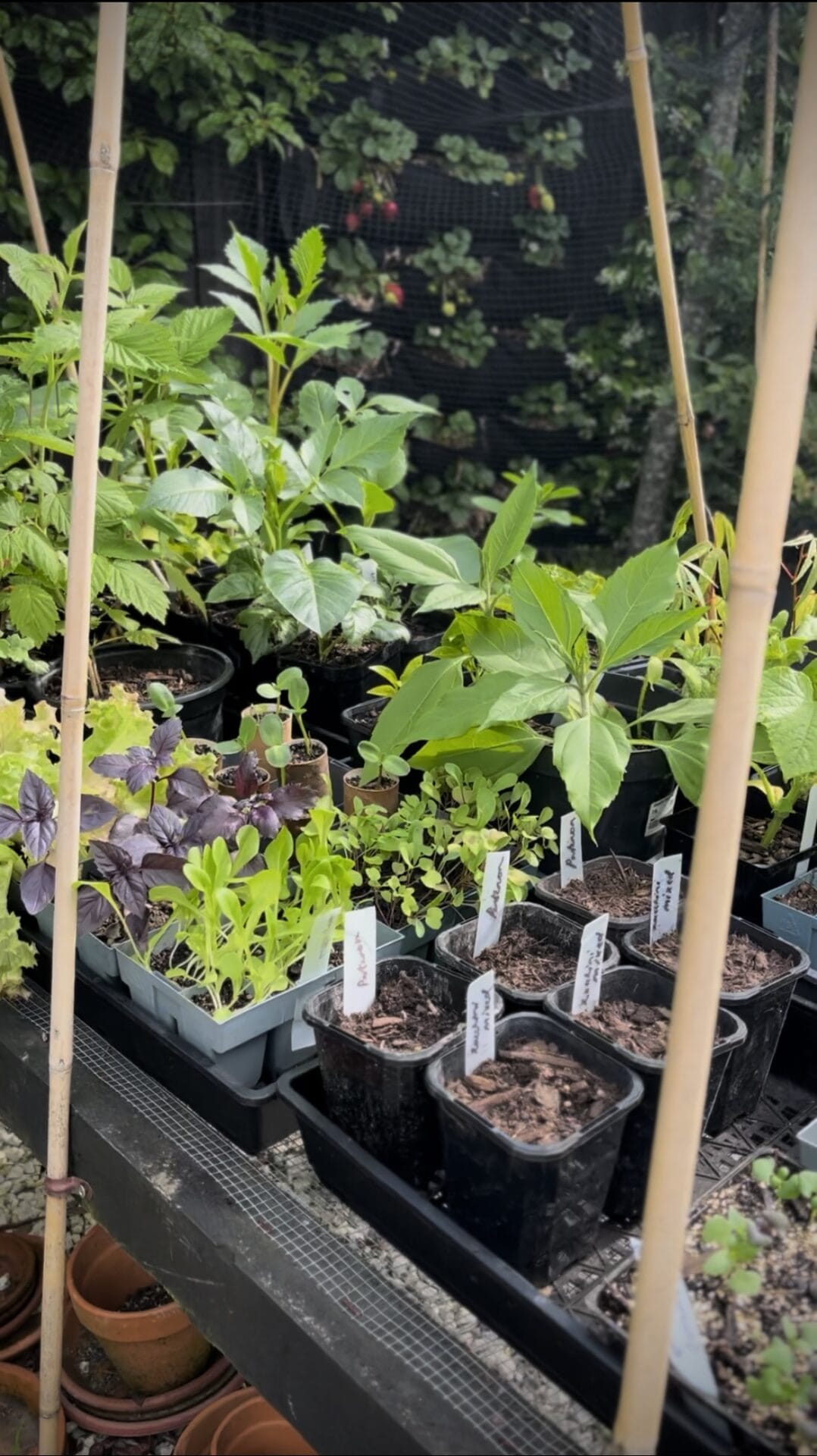Your cart is currently empty!
How to manage pests in the garden | Mitigating slug, snail, aphid, white butterfly & bird damage
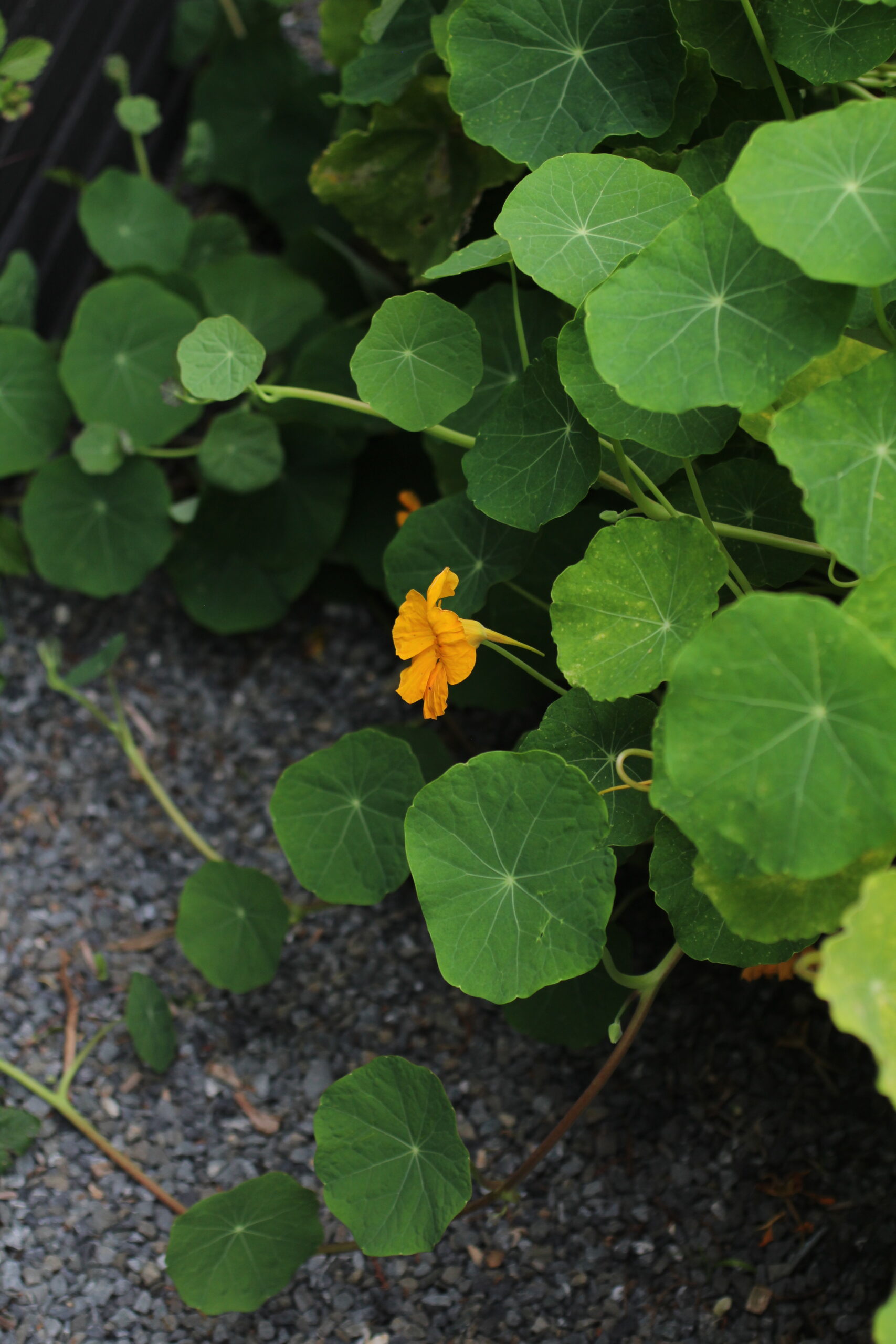
How to manage pests in the garden | Mitigating slug, snail, aphid, white butterfly & bird damage
As the garden wakes up in spring, so do the pests that can harm your plants. Here’s a guide for how to naturally manage pests in your garden.
By Elly Keen (@daydream.green)
The 2025 Spring Gardening Series is supported by Gubba Garden Store.
There is much to get excited about in the garden in spring. Blooming flowers, the morning sunshine is warmer and the evening hours begin to stretch – all beckoning the garden to grow.
But as the garden wakes up, so do the pests that can harm your plants. All the insects and bird life that share our gardens come out of hibernation – hatching and hungry.
While some of these creatures may be encouraged into our green spaces (as wanted pollinating friends), there are some that are considered foe. While it’s impossible to eliminate all pests, there are ways to protect your crops and manage their impact.
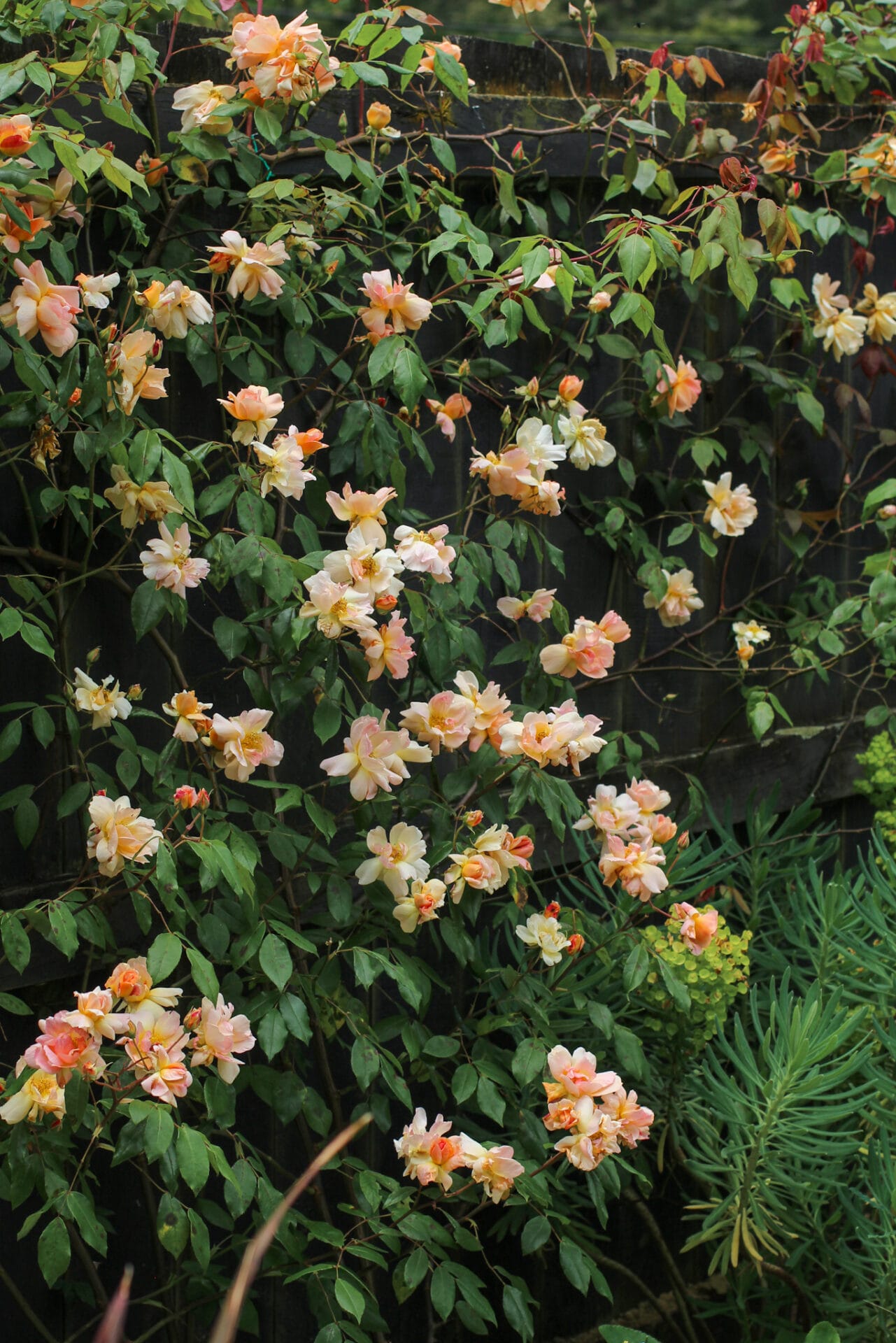
Aphids
Aphids are sap-sucking bugs that thrive in the warm, humid weather of spring. There are many species, but common ones in New Zealand include:
Green aphid: Found on buds of flowers like roses and sweet peas.
White aphid: Typically found under the leaves of brassicas or on plant stems.
Black aphid: Often seen on alliums like chives, onions, garlic and leeks.
Woolly aphid: Appears as cotton-like clumps on the bark of fruit trees like apples and pears.
Aphids suck sap from plants, causing stunted growth, curled leaves and discolouration.
To prevent them, use rich, organic soil and regularly feed plants with seaweed.
Companion plants like mint and marigold can repel aphids, while nasturtium and calendula are ‘trap crops’, and beneficial flowers like yarrow and dill attract lacewings that prey on aphids.
Infestations can be managed by regularly checking plants, especially new buds and leaf undersides. If you spot aphids, wipe them off or spray with a strong jet of water. You can make a garlic spray (recipe below) or use an organic spray like neem oil which is particularly helpful if populations get out of hand.
Garlic spray for aphid
Aphids are a common sap sucker that can attach themselves to fresh growth and cause deformities. If you are experiencing an aphid problem on flowers and buds, you’ll be keen to get on top of the issue.
Aphids do not like strong smells like garlic, so making a garlic spray that can be applied to plants such as roses or tomatoes before the pests appear is one way to prevent the issue.
Crush up 5-6 cloves of garlic and pour over 1 litre of boiling water before straining once cooled, add a drop or two of organic dish soap to help the spray adhere to the leaves.
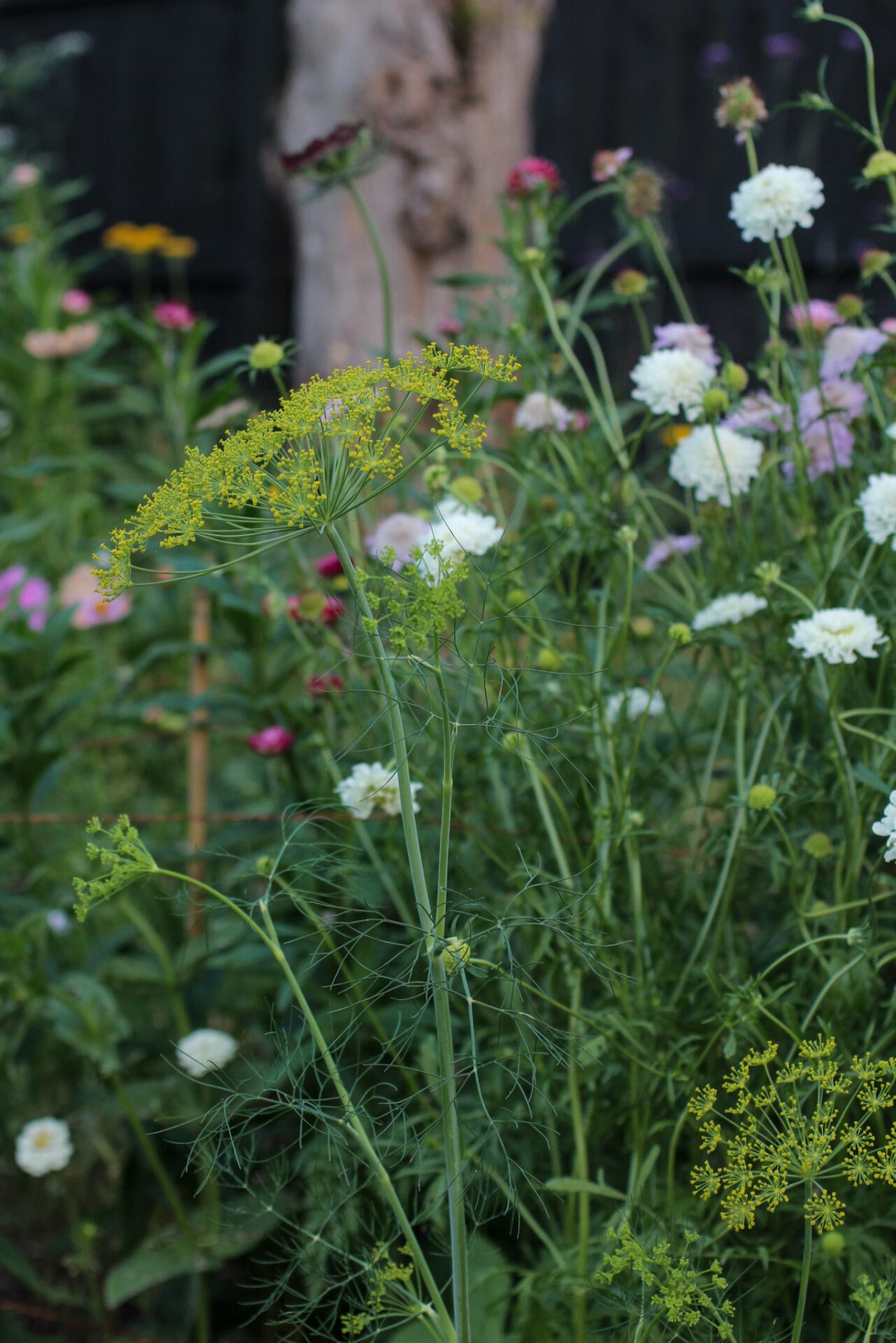

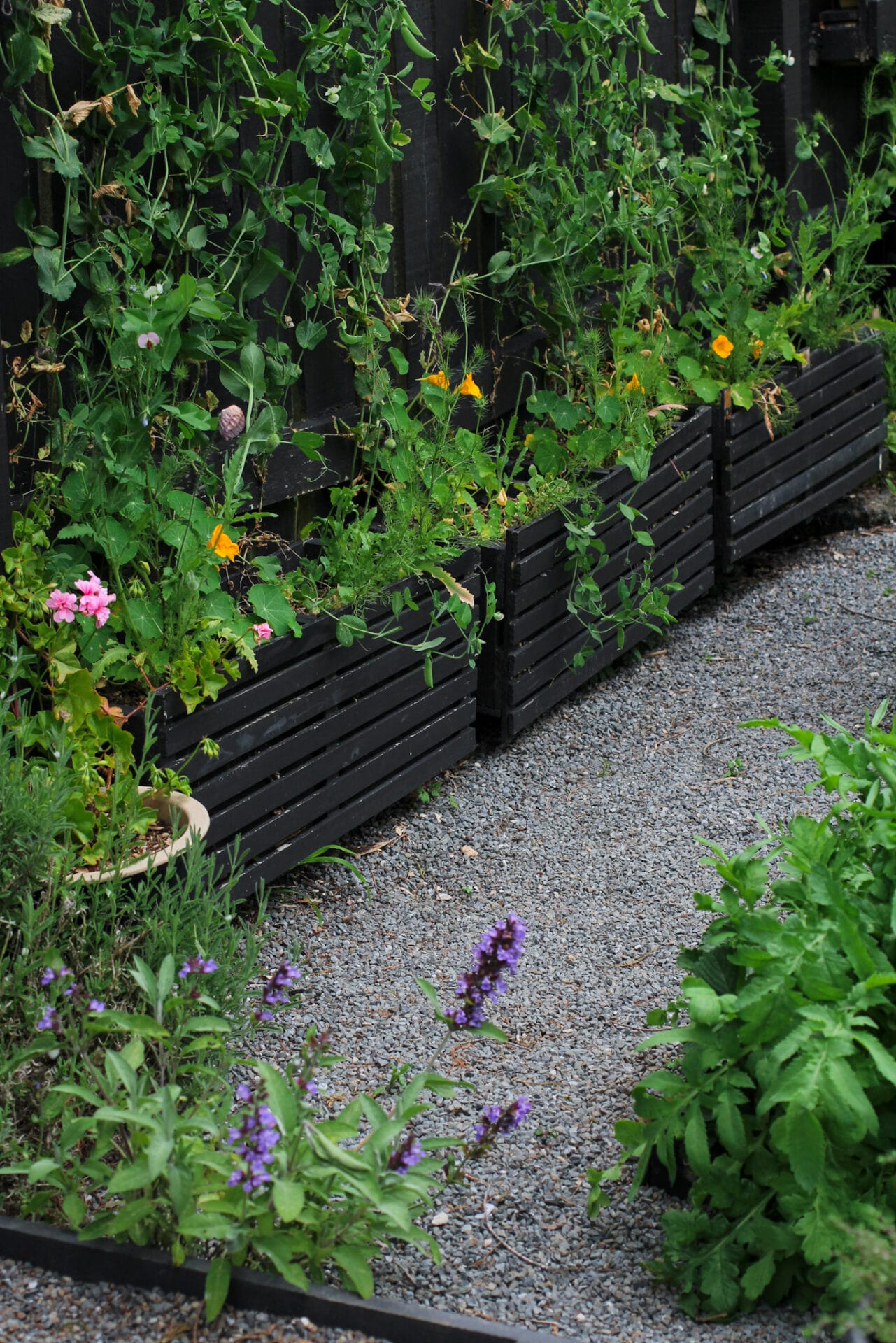
Slugs & snails
Slugs and snails thrive in the damp conditions of spring and can cause serious damage to young plants by feeding on leaves and stems.
To protect your garden, try setting up barriers like wool mats or crushed eggshells, and attract natural predators like birds, and keep the area clear of debris where these pests might hide.
The best way to manage them though, is to handpick slugs and snails in the early morning or evening, use beer traps to lure and drown them (put some beer in a small container, set into the soil), or apply organic slug pellets that are safe for wildlife but harmful to the pests.

White cabbage butterfly
The white cabbage butterfly targets brassicas like cabbage and broccoli, laying eggs on the undersides of leaves. These eggs hatch into caterpillars that eat large holes in the leaves or completely devour younger plants.
To prevent damage, cover your plants with netting and use companion herbs with a strong scent like oregano which deters the butterflies.
Regularly check for and remove eggs and caterpillars manually, and consider using a spray containing the naturally occurring Bacillus Thuringiensis to manage infestations.
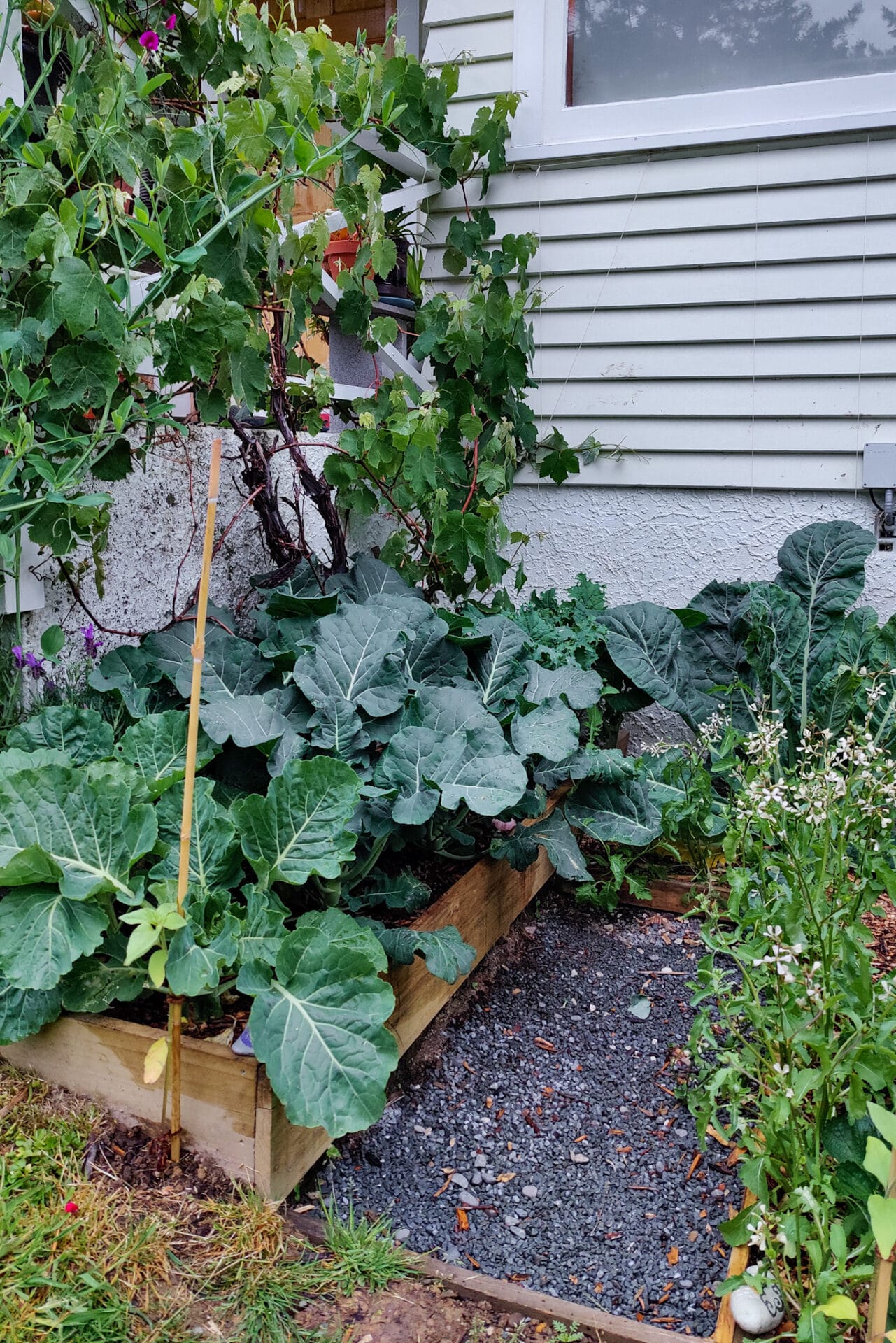
Birds
Birds can help by eating pests but can also damage your garden by pecking at fruits, vegetables and seedlings. You’ll usually notice missing berries, displaced seedlings or jagged tears in plants as signs they have been causing havoc.
To protect your crops, use netting or reflective objects to scare them away, and set up bird feeders to distract them from your plants. Scarecrows and decoy crops can also help manage their activity while still allowing them to benefit your garden.
These net tunnels from Gubba are also an effective solution (and are good for bugs too).
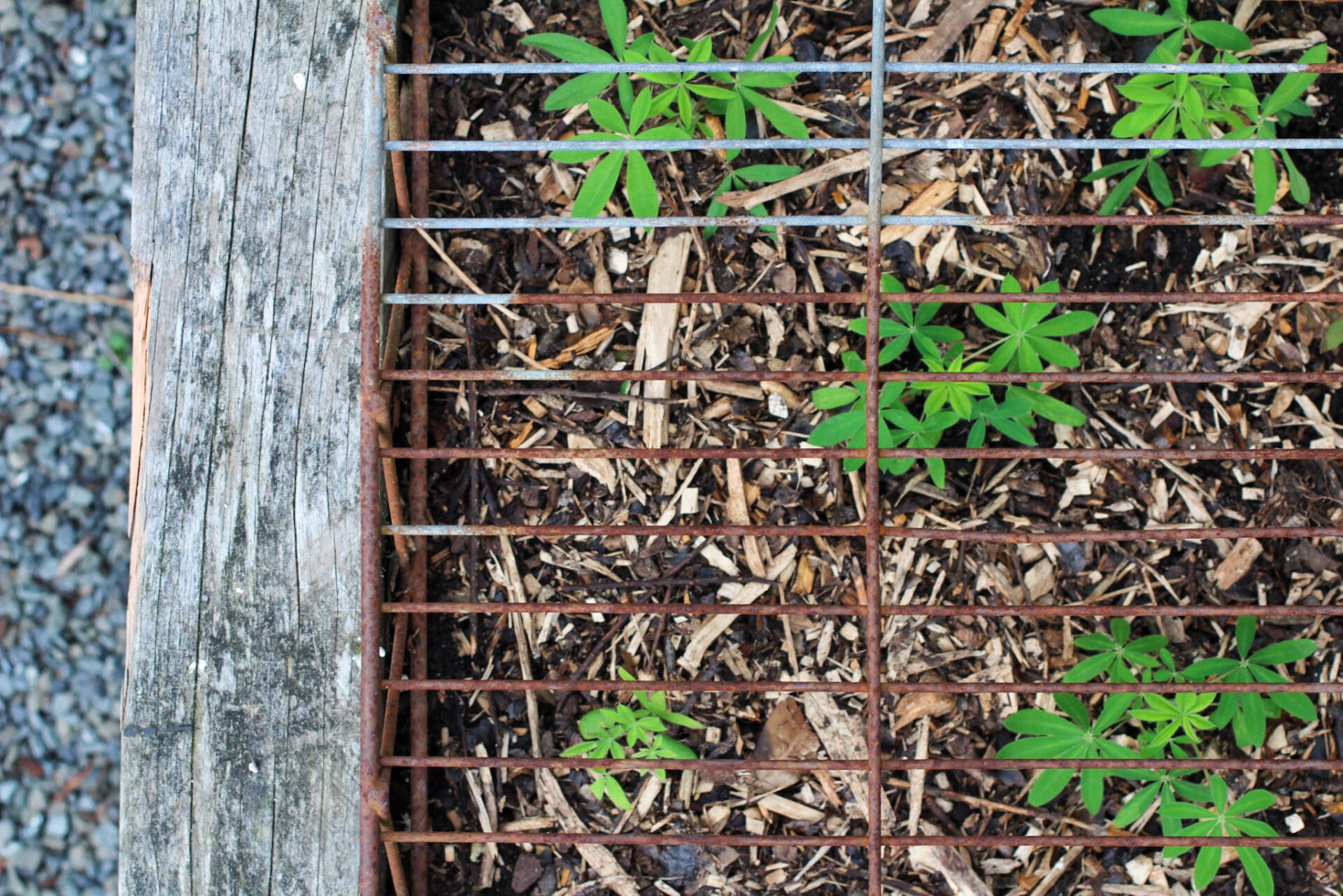

All in all, the best method for protecting your crops this spring from pests is creating a healthy environment for your plants.
Insects are known as nature’s clean up crew and will always go for sick or nutrient deficient plants first. Ensuring your plants are healthy from the beginning is the best recipe for success when it comes to pest management.


